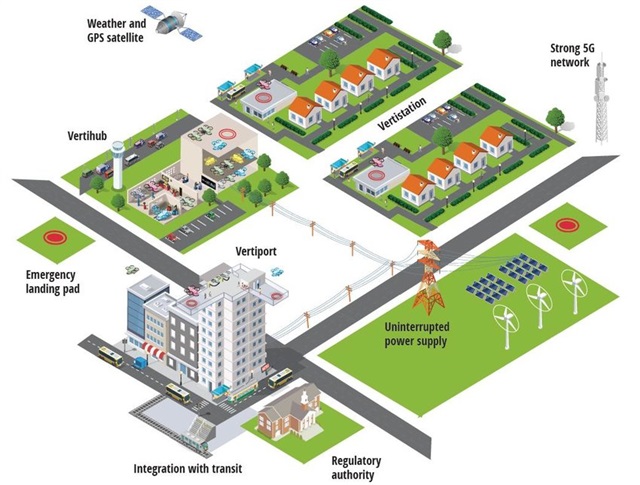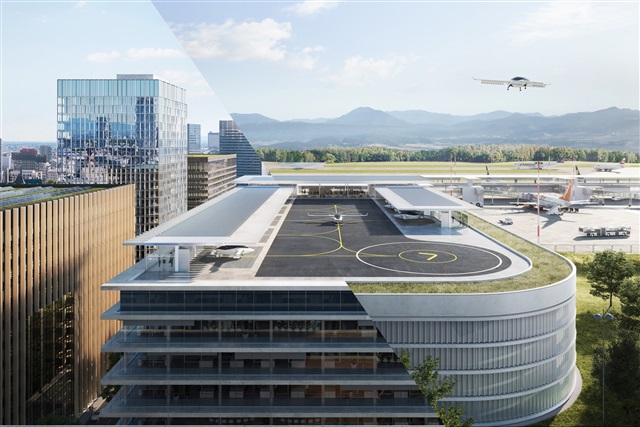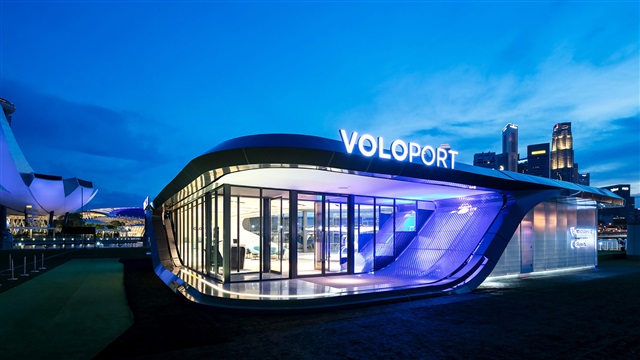UAM is poised to revolutionize transportation.
Urban air taxis and drone deliveries have long captured the people's imagination. Transforming the dream into reality means overcoming huge infrastructure and regulatory hurdles, according to experts at AECOM, a global infrastructure consulting firm.
Renzo Chen, an AECOM project manager, outlined the immense potential of urban air mobility (UAM), as well as the daunting challenges facing cities looking to enable this new mode of transportation.
Investment is already pouring into the electric vertical take-off and landing (eVTOL) vehicle market, with major players like Joby, Volocopter, SkyDrive, and others developing aircraft. Airlines like American, United, Delta, and cargo giants like UPS and DHL are also making moves, viewing UAM as the next frontier.
UAM is poised to revolutionize transportation. It offers unprecedented potential for global transformation.
Chen pointed out that Morgan Stanley's projection that the UAM market could be worth US$9 trillion by 2050. Multiple cities around the world aim to have UAM operations in place as soon as 2024 to service events like the Paris 2024 Olympics and World Expo 2025 Osaka.

However, realizing the full potential of UAM requires robust infrastructure support. Chen said regulatory bodies like the Federal Aviation Administration (FAA) and the European Union Aviation Safety Agency (EASA) have been developing standards to guide UAM infrastructure development which includes considerations for airspace management, air traffic control systems, and safety protocols.
UAM means more than just the aircraft themselves. Massive ground infrastructure investments such as "vertiport" networks to support takeoffs, landings, charging, and other operations are needed.
Air traffic management systems will also need significant upgrades. Chen emphasized the importance of modular construction methods to adapt to different scenarios and environments, ensuring flexibility and efficiency in infrastructure development.
According to AECOM, vertiports could take many forms - from dedicated urban vertipads to portions of existing transportation hubs like airport terminals, parking garages or rail stations re-purposed for UAM use. Vertiport designs must account for factors like weight loads, fire safety, security screening, passenger amenities, and more.

Credit: ResearchGate
Chen highlighted the need to consider various factors such as fire safety, power supply, and operational support. This is important to ensure the seamless and safe integration of UAM into urban environments.
From the perspective of air traffic control, vertiports would require designated approach and departure corridors separated from traditional aircraft flows. Issues like optimal vertiport siting, downwash effects, and obstacle clearance radius must all be meticulously planned.
AECOM envisions a future stratified airspace system enabled by next-gen air traffic management capabilities. This would accommodate a mixed pipeline of small drones, eVTOLs, conventional aircraft, and even hypersonic vehicles all operating in an integrated but segmented fashion.
The company is already conducting UAM network planning studies across multiple US states. It is using complex modeling to identify ideal vertiport locations and routing that could slash point-to-point travel times.
In Taiwan, AECOM's initial analysis found a comprehensive UAM system could reduce certain trip times by up to 92% compared to driving. However, this will require an extensive vertiport network covering all major metropolitan areas.

Credit: Lilium
Implementing UAM will not be a walk in the park. Chen cautioned that introducing this new transport mode will be an enormously complex undertaking requiring collaboration across the aviation, regulatory, and infrastructure realms.
"There are a lot of topics that need to be addressed," Chen stated. Factors like vehicle certification standards, airspace regulations, land-use approvals, energy sourcing, and pricing models must all be carefully considered, he added.
The novelty of UAM means there is no existing playbook. Cities, companies, and regulators will need to work together closely to usher in this new age of transportation technology.
While UAM represents an exciting frontier, the infrastructure requirements are sure to be a massive undertaking. It will potentially rival buildouts for previous game-changing transportation evolutions like the Interstate Highway System.

Credit: Volocopter



